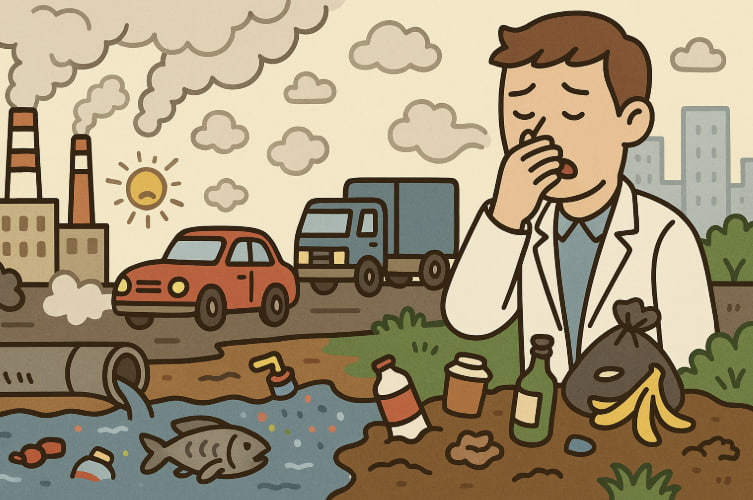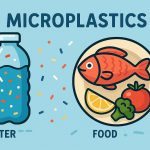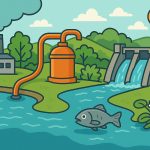The environment is the foundation of life — it provides us with clean air, fresh water, fertile soil, and a stable climate. Yet human activity has increasingly disturbed this balance, leading to pollution on a global scale. From plastic waste and air pollution to toxic chemicals and noise, we pollute the environment in many interconnected ways. This article explores how we pollute nature, the main types of pollution, and why it matters.
1. Air Pollution
Air pollution is one of the most visible and harmful forms of environmental damage. It is caused by:
- Burning fossil fuels (coal, oil, gas) in power plants, cars, and factories
- Industrial emissions and chemical processing
- Agricultural practices, such as ammonia from fertilizers and livestock waste
- Deforestation and forest fires
Key pollutants include carbon monoxide, nitrogen oxides, sulfur dioxide, particulate matter (PM2.5), and ground-level ozone. These damage human health, contribute to climate change, and harm ecosystems.
2. Water Pollution
Clean water is essential for life — but we contaminate it through:
- Industrial wastewater dumped into rivers and oceans
- Agricultural runoff with pesticides, fertilizers, and animal waste
- Oil spills and toxic discharges
- Plastic and microplastic pollution
- Untreated sewage in urban areas
Polluted water harms aquatic life, spreads disease, and reduces access to safe drinking water.
3. Soil Pollution
We often overlook the importance of healthy soil, yet it is crucial for growing food and maintaining biodiversity. Soil is polluted by:
- Chemical fertilizers and pesticides
- Mining and heavy metals
- Industrial waste dumping
- Plastic debris and e-waste
Contaminated soil can’t support healthy plant life and passes pollutants into the food chain.
4. Plastic and Solid Waste
Every year, humanity generates over 2 billion tons of solid waste, much of which ends up:
- In landfills, emitting methane and leachate
- In rivers and oceans, where it harms marine life
- Burned, releasing toxic gases into the air
Plastic is especially dangerous because it does not biodegrade — instead, it breaks down into microplastics that enter water, soil, and food.
5. Noise and Light Pollution
Less visible but still harmful, these forms of pollution affect both humans and wildlife:
- Noise from traffic, construction, and industry disturbs sleep, increases stress, and drives away animals
- Light pollution disrupts natural darkness, affecting nocturnal species, insects, and even human circadian rhythms
6. Greenhouse Gas Emissions
By burning fossil fuels and cutting down forests, we release huge amounts of carbon dioxide (CO₂) and methane (CH₄). Rising temperatures lead to:
- Melting glaciers and rising sea levels
- More extreme weather
- Loss of biodiversity
- Ocean acidification
Why This Matters
Pollution degrades not just the environment but our health, food security, and future survival. It leads to:
- Respiratory and heart diseases
- Waterborne illnesses
- Soil infertility
- Ecosystem collapse
We depend on nature to live — polluting it means harming ourselves.
Glossary
- Air pollution — Contamination of the atmosphere by harmful substances
- Runoff — Water that carries chemicals from land into rivers or lakes
- Microplastics — Tiny plastic particles that pollute ecosystems and enter the food chain
- Greenhouse gases — Gases that trap heat in the atmosphere, causing global warming
- Noise pollution — Excessive or disturbing sound that harms health or wildlife


